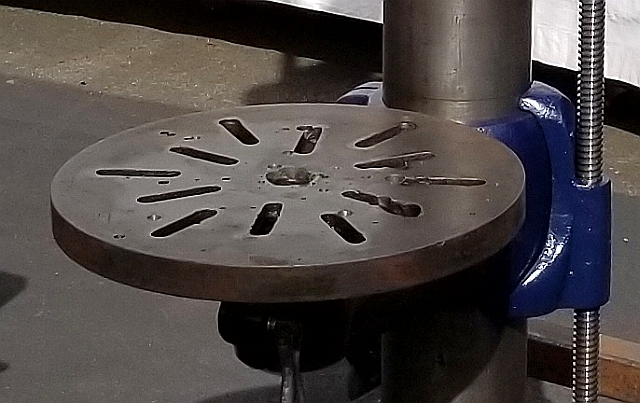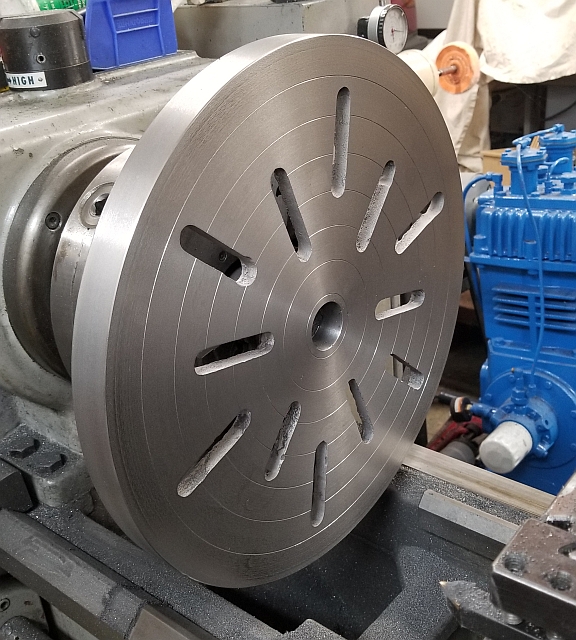partsproduction
Titanium
- Joined
- Aug 22, 2011
- Location
- Oregon coast
For surface ground surfaces with small drill divots or other small scars I recently discovered a tig wire that fills them up and when ground flush again leaves very little evidence of the original damage.
EZWeld tig wire is designed for cast iron and needs no preheat, no hammering between passes and no post heat.
The top surface of a rare vise had gouges in it so I prepped it with the wire wheel and welded it cold. Then I surface ground it and for the first time saw what i was looking for, nothing! No pits, no bright white colored area like nickle rod leaves, not pits or bubbles.
I feel this info may be of use to others here so I had to bring it up.
The wire comes in 1/16th and 3/32" and is expensive, but a price I was happy to pay. It's apparently a proprietary alloy and doesn't have an AWS number.
The seller calls it EZWeld w/Utechtanite.
A friend showed me some tig wire today called muggyweld for cast iron, it looks very similar. Muggyweld is magnetic so it may develop the rust patina on a surface, with a surface ground finish the last thing I want to see after a weld is a different color where it was welded. Time will tell on that.
As for distortion what little area I did left none, though larger areas likely would. For the few who might want to try I suggest testing it first as I did, and if anyone has tried Muggyweld for cast iron It would be nice to hear about that too.
Thanks,
parts
EZWeld tig wire is designed for cast iron and needs no preheat, no hammering between passes and no post heat.
The top surface of a rare vise had gouges in it so I prepped it with the wire wheel and welded it cold. Then I surface ground it and for the first time saw what i was looking for, nothing! No pits, no bright white colored area like nickle rod leaves, not pits or bubbles.
I feel this info may be of use to others here so I had to bring it up.
The wire comes in 1/16th and 3/32" and is expensive, but a price I was happy to pay. It's apparently a proprietary alloy and doesn't have an AWS number.
The seller calls it EZWeld w/Utechtanite.
A friend showed me some tig wire today called muggyweld for cast iron, it looks very similar. Muggyweld is magnetic so it may develop the rust patina on a surface, with a surface ground finish the last thing I want to see after a weld is a different color where it was welded. Time will tell on that.
As for distortion what little area I did left none, though larger areas likely would. For the few who might want to try I suggest testing it first as I did, and if anyone has tried Muggyweld for cast iron It would be nice to hear about that too.
Thanks,
parts




